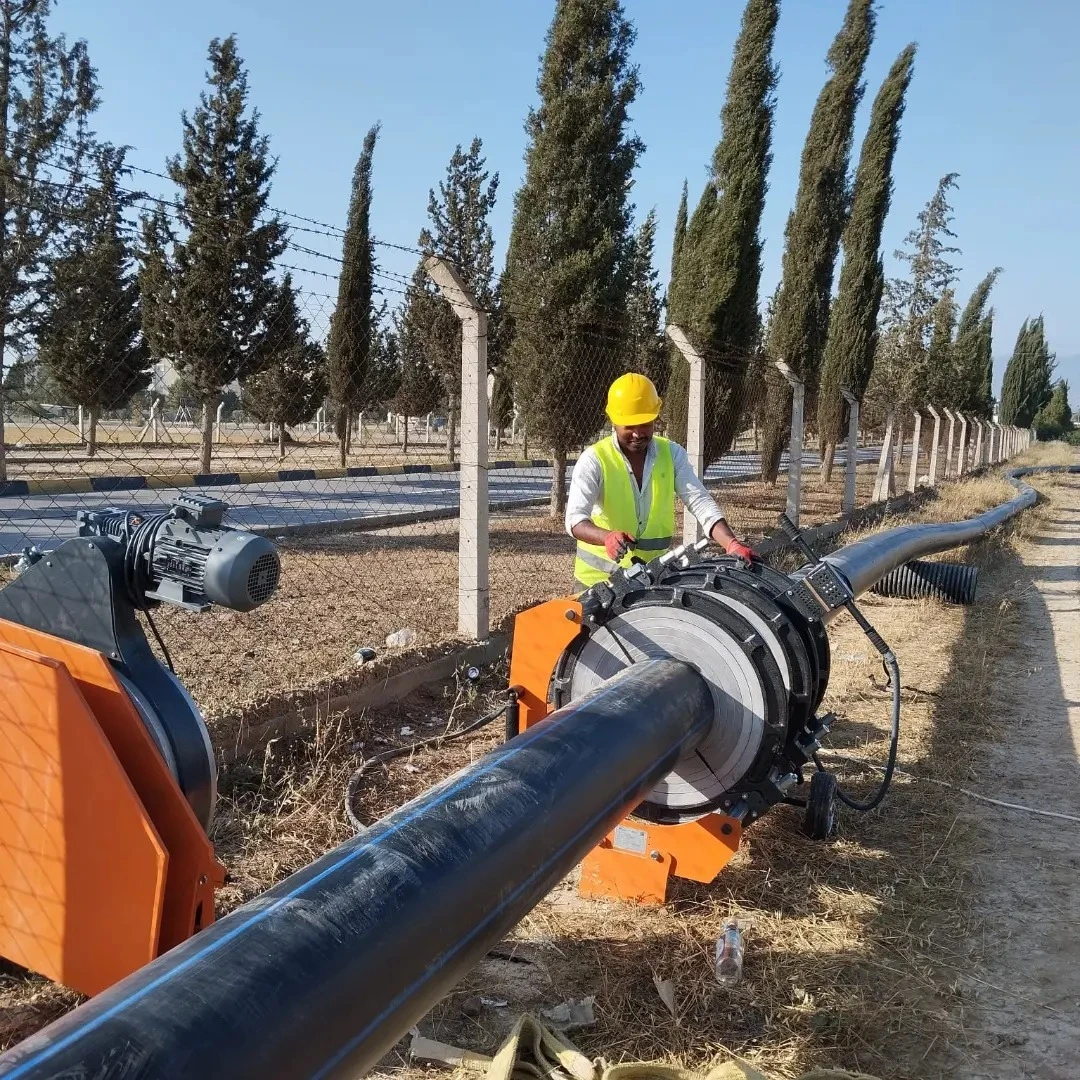Dec . 07, 2024 11:02 Back to list
hdpe pipe dimensions factory
Understanding HDPE Pipe Dimensions and Their Significance in Construction
High-Density Polyethylene (HDPE) pipes have gained immense popularity in various industries due to their durability, flexibility, and resistance to chemical and environmental stress. As urbanization and infrastructural development continue to escalate, understanding HDPE pipe dimensions becomes essential for civil engineers, architects, and project managers. This article will delve into the significance of HDPE pipe dimensions, their standard specifications, and their applications in various sectors.
What is HDPE?
HDPE, or High-Density Polyethylene, is a thermoplastic made from petroleum. It is characterized by its high strength-to-density ratio, making it suitable for a myriad of applications, especially in the construction and plumbing industries. HDPE pipes are commonly employed for water supply, sewage systems, and gas distribution due to their robustness and longevity.
Importance of HDPE Pipe Dimensions
The dimensions of HDPE pipes, including diameter, wall thickness, and length, play a critical role in determining their suitability for specific applications. Different projects require varying specifications, and understanding these dimensions ensures optimal performance, safety, and cost-effectiveness.
1. Diameter The diameter of an HDPE pipe, typically measured in inches or millimeters, affects the flow capacity of the pipe. Larger diameters allow for higher volumes of fluid to pass through, which is crucial for municipal water supply systems and industrial applications. Conversely, smaller diameters may be ideal for residential plumbing.
2. Wall Thickness The wall thickness of HDPE pipes influences their strength and pressure rating. Thicker walls can withstand higher pressures and are essential for applications that involve elevated fluid movement or harsh environmental conditions. The thickness is often standardized according to specific guidelines, such as those provided by the American Society for Testing and Materials (ASTM).
3. Length Standard lengths for HDPE pipes can vary, but they are commonly produced in 20-foot or 40-foot sections. Understanding the length is important for logistics and installation, as longer pipes can reduce the number of joints needed, thereby minimizing the risk of leaks.
Standard Specifications
HDPE pipes are generally manufactured according to industry standards to ensure quality and performance. Some of the most recognized standards include
hdpe pipe dimensions factory

- ASTM D3350 This standard provides specifications for the materials used in the production of HDPE pipes, ensuring they meet specific performance criteria. - ASTM F714 This standard governs the dimensions and pressure ratings of HDPE pipes, particularly those used in underground applications.
- ISO 4427 An international standard for polyethylene pipes, it outlines the classification based on the pipe’s intended application, ensuring a wide acceptance across borders
.Applications of HDPE Pipes
The diverse range of HDPE pipe dimensions makes them suitable for various applications, including
- Water Supply HDPE pipes are extensively used in municipal water supply systems, capable of handling large volumes of water efficiently.
- Sewage and Drainage Systems Their resistance to corrosion and chemicals makes HDPE ideal for sewage systems, ensuring long-term functionality without risk of degradation.
- Gas Distribution The flexibility and strength of HDPE pipes make them safe for underground gas distribution, significantly reducing the risk of leaks.
- Telecommunications They are also used for protecting cables in communication systems, safeguarding them from external environmental factors.
Conclusion
Understanding the dimensions of HDPE pipes is crucial for anyone involved in construction, plumbing, or infrastructure development. As the demand for reliable and efficient piping systems continues to rise, knowledge of HDPE specifications can help professionals make informed decisions that enhance project outcomes. With a thorough understanding of pipe dimensions, industry standards, and application areas, engineers and contractors can ensure the successful implementation of HDPE pipes, contributing to the sustainability and efficiency of modern infrastructure.
-
High-Quality PVC Borehole Pipes Durable & Versatile Pipe Solutions
NewsJul.08,2025
-
High-Quality PVC Perforated Pipes for Efficient Drainage Leading Manufacturers & Factories
NewsJul.08,2025
-
High-Quality PVC Borehole Pipes Durable Pipe Solutions by Leading Manufacturer
NewsJul.08,2025
-
High-Quality PVC Borehole Pipes Reliable PVC Pipe Manufacturer Solutions
NewsJul.07,2025
-
High-Quality UPVC Drain Pipes Durable HDPE & Drain Pipe Solutions
NewsJul.07,2025
-
High-Quality Conduit Pipes & HDPE Conduit Fittings Manufacturer Reliable Factory Supply
NewsJul.06,2025

